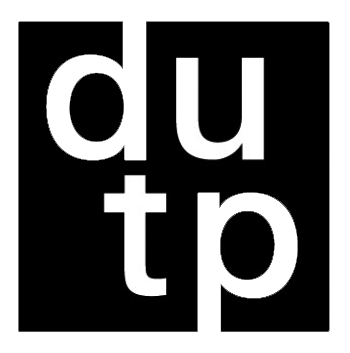VILA FRANCA DE XIRA
A urbanidade planejada
DOI:
https://doi.org/10.5821/siiu.13112Abstract
This research deals with urbanity on waterfronts and how to create favorable conditions for its occurrence, through the case study of the Vila Franca de Xira Riverfront, in Portugal. The objective is to understand the favorable conditions for the occurrence of urbanity on waterfronts, seeking to demonstrate that places with urbanity have more positive effects on the quality of space and allow different forms of coexistence to emerge. The record of urbanity sought to capture urbanity and the groups that develop sociability, build identities and give meaning to places on the waterfront. As a result, the elements that induce urbanity are presented and discussed: urban insertion and river-city relationship; diversity of open spaces, equipment and furniture; accessibility and mobility; respect for pre-existing uses; balance between artificiality and naturalness; stimulation of the five senses; adequacy of landscaping projects; and the intelligibility of the concept.
Downloads
Published
Issue
Section
License
Copyright (c) 2024 Creative Commons

This work is licensed under a Creative Commons Attribution-NonCommercial-ShareAlike 4.0 International License.
Aquellos autores/as que tengan publicaciones con esta revista, aceptan los términos siguientes:
- Los autores/as conservarán sus derechos de autor y garantizarán a la revista el derecho de primera publicación de su obra, el cuál estará simultáneamente sujeto a la Licencia de reconocimiento de Creative Commons CC BY-NC-ND- 4.0 que permite a terceros compartir la obra siempre que se indique su autor y su primera publicación esta revista, pero no se pueden cambiar ni se pueden utilizar comercialmente.
- Los autores/as podrán adoptar otros acuerdos de licencia no exclusiva de distribución de la versión de la obra publicada (p. ej.: depositarla en un archivo telemático institucional o publicarla en un volumen monográfico) siempre que se indique la publicación inicial en esta revista.
- Se permite y recomienda a los autores/as difundir su obra a través de Internet (p. ej.: en archivos telemáticos institucionales o en su página web) antes y durante el proceso de envío, lo cual puede producir intercambios interesantes y aumentar las citas de la obra publicada. (Véase El efecto del acceso abierto).











